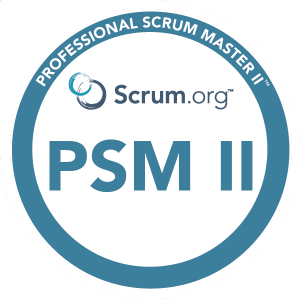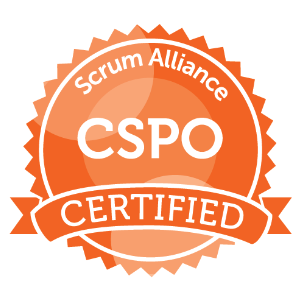Something as a practicing program manager I tend to always use as tenets when guiding teams, is relying on the spiritual bible of contemporary project management, and that’s the Agile Manifesto. Products of the Agile Alliance, the premise of the Manifesto is to simplify the practice of project management through a lightweight framework to build software expeditiously with bias for customer validation over processes and documentation and red tape.
The two drivers behind the manifesto are iterative and incremental development, over pre-medicated and over planning, and creating higher quality software in shorter time, or more concisely, build more with less.
The Agile Manifesto
I see the Manifesto as guiding principles, tenets as I mentioned earlier on, rather than rigid and enforced rules, advocation for the spirit rather than the letter of the law. So does the Agile Manifesto entail?
Individuals and Interactions over Processes and Tools
To me this infers bias towards the human element over procedures. Engaging customers, stakeholders, other team-members. It is not to say that processes and tools aren’t important, but the scales should favor people over process.
Working Software over Comprehensive Documentation
Following the spirit of being lightweight, don’t focus on heavy documentation, over-planning but build early, build fast, and iterate fast. It is therefore emphasized that working software that meets user acceptance criteria, even incrementally, over detailed documentation.
Customer Collaboration over Contract Negotiation
The Agile mindset is one that is flexible, and embracing requirements that can change. Pivoting is something that has to be accepted. This is not to say that contracts aren’t also important, but getting the right requirements from customers is favorable to rigid contracts.
Responding to Change over Following a Plan
Change is inevitable, the only constant is change, and that’s why heavy documentation is doomed to failure, because of the nature of change. Instead build components in a decoupled and nimble manner that fosters change, and work in an environment that allows you to react to changes based on new understandings.
The Agile Manifesto does not suggest that we do one over the other; rather, it advocates that while all of the mentioned items are important, some are valued more than the others.
PMI-ACP Project Management Institute Agile Certified Practitioner Exam Study Guide J. Ashley Hunt



